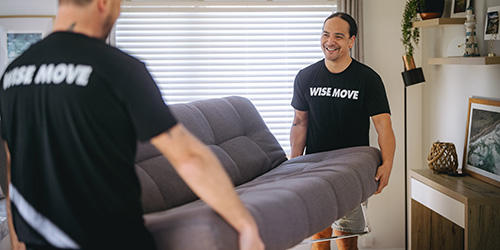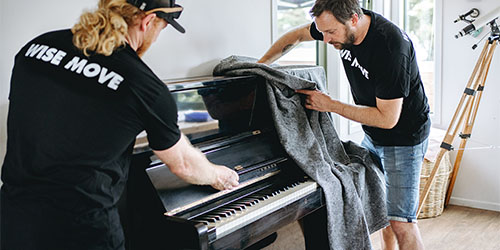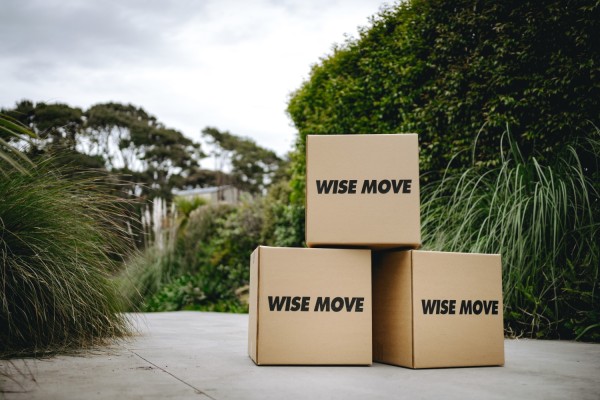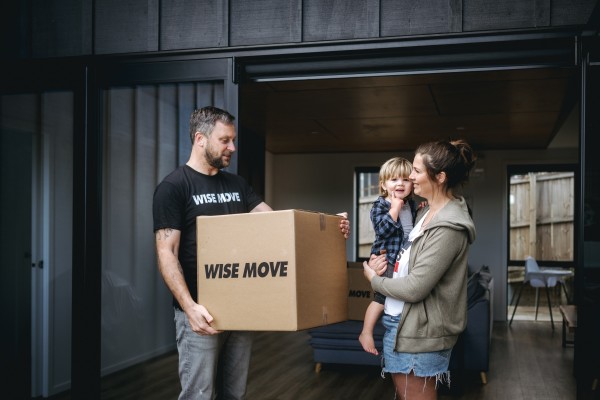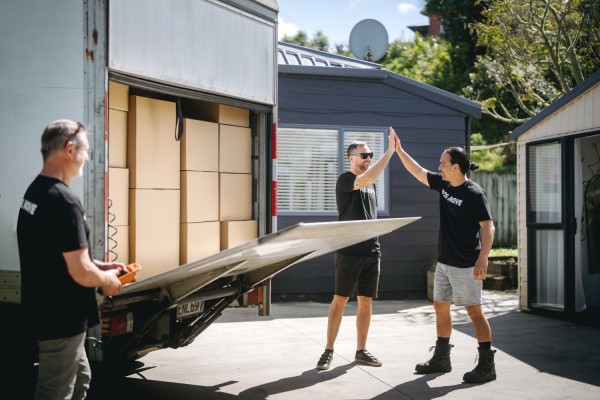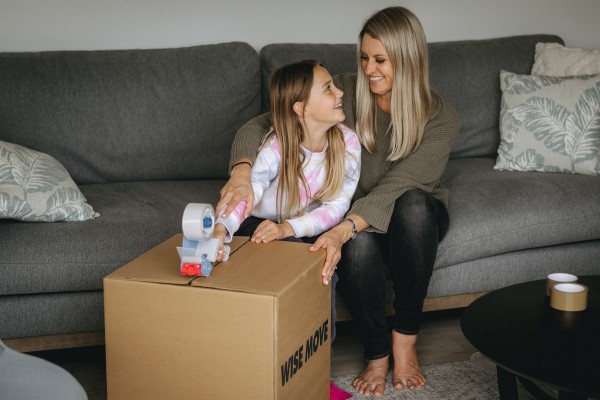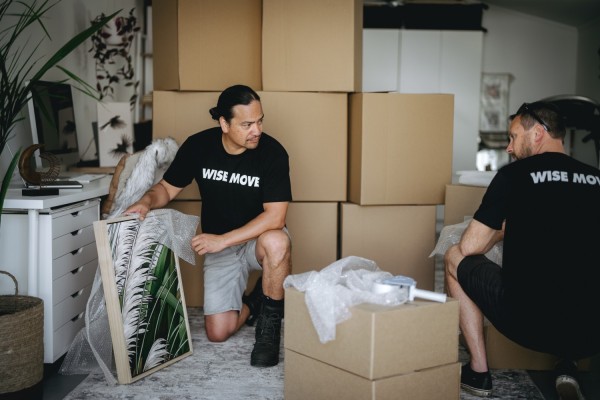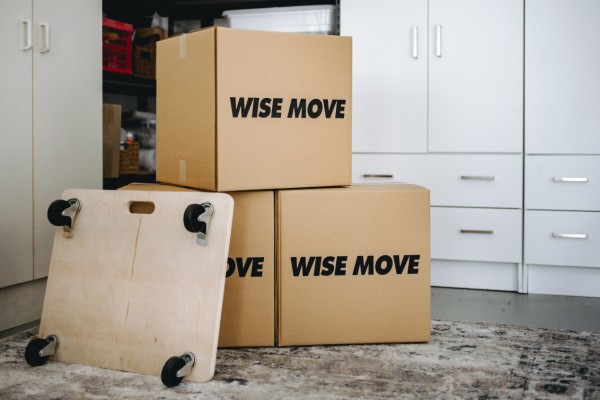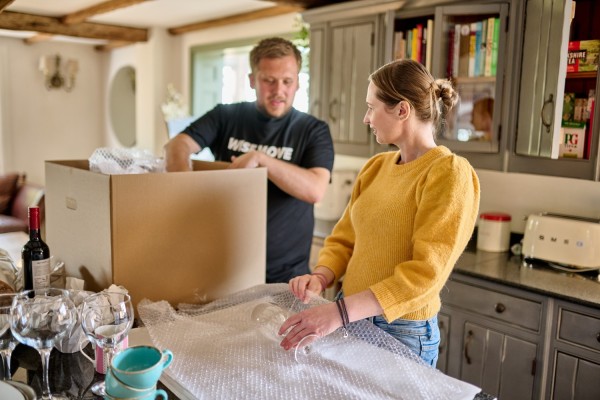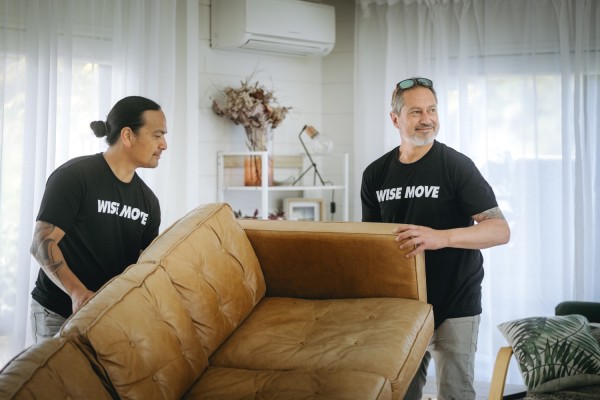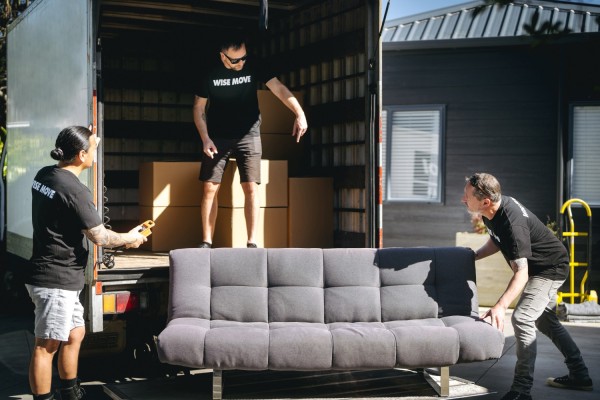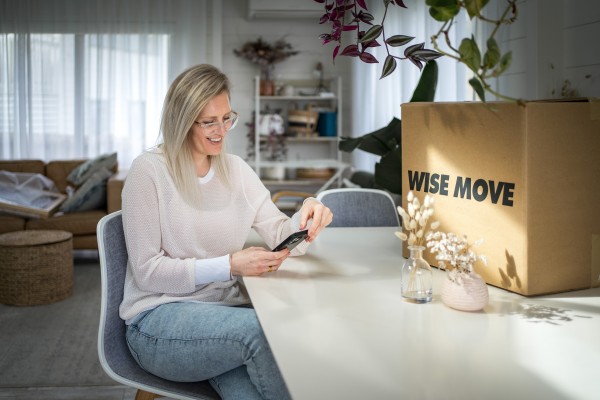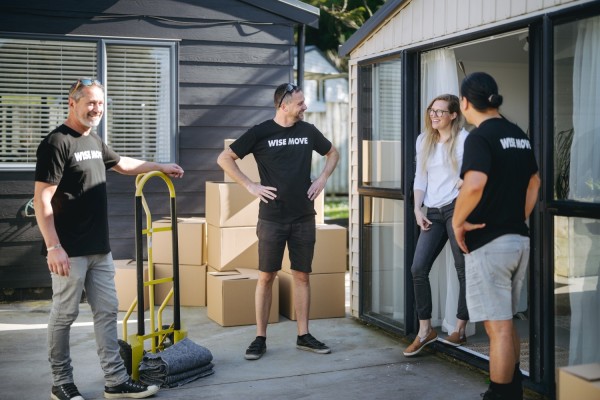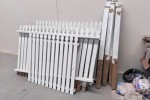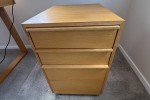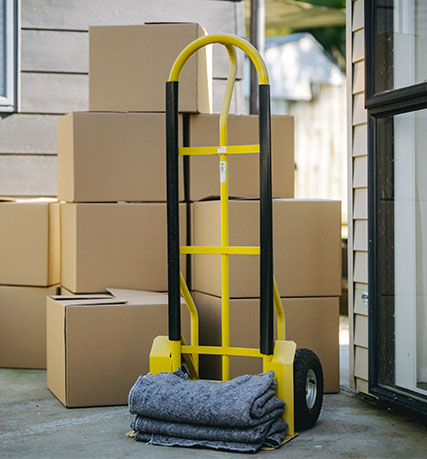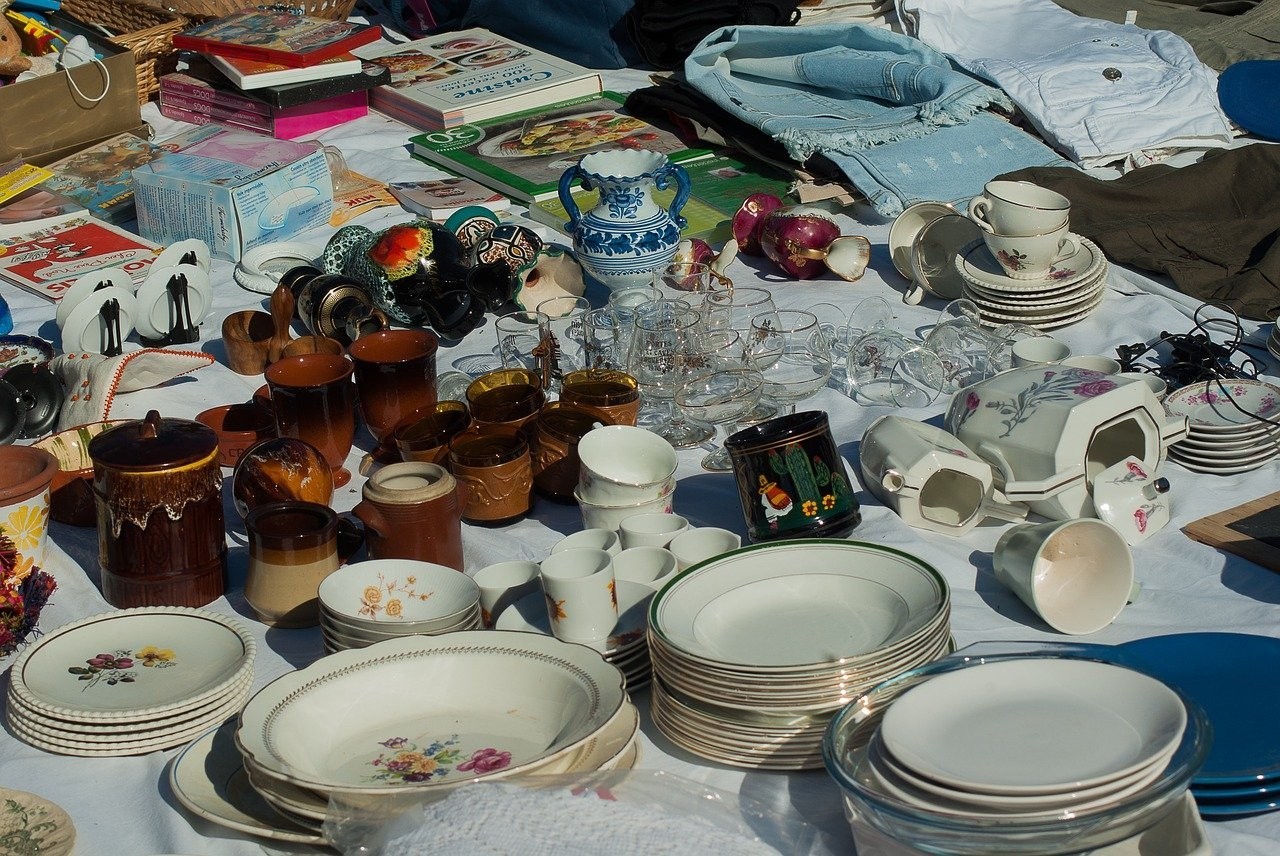
Moving to a new home is exciting and stressful. One of the things that can make the process easier is to host a pre-moving sale. A pre-moving sale is an excellent way to declutter your home, reduce the number of items you need to move, and even earn some extra cash in the process.
A successful pre-moving sale that helps you declutter your home and make your move less stressful. But holding a successful sale before you move requires some planning, organization, and creativity. From setting a date, pricing items, advertising, and creating a pleasant shopping experience for buyers, learn how to turn your pre-moving sale into a success!
Set a firm date and time
Choosing the right date and time for your pre-moving sale is crucial to selling more items. It's important to choose a date and time that will maximise the number of potential buyers who can attend. Consider factors such as the weather, community events, and other sales that may be taking place in your area.
Weekends tend to be the most popular time for garage sales, especially Saturdays as many people are out running errands. Additionally, consider the time of day you'll be holding the sale. Starting early in the morning will attract the early birds, while holding the sale in the afternoon can attract shoppers who are running errands. Dedicating most of the day to the sale will ensure you cater to a large number of shoppers.
Display as many items as you can
If your goal is to make money and declutter your home, don't be precious about the items you are putting up for sale. The more items you can find in your home to sell, the more money you'll make and the lighter your load will be on moving day. Additionally, a garage sale with lots of wares on offer will entice more people and keep shoppers around for longer as they peruse your goods. Don't forget you can sell almost anything at a garage sale, including:
- Shoes and clothing in good condition that you haven't worn for a year
- Books, media, CDs, tapes, vinyls, board games and puzzles you don't use
- Knick knacks and objects that take up space but don't have functional purpose
- Building supplies, pavers, bricks or gardening equipment in good condition
Most people have items they should get rid of, even if this feels like a challenge at first. Consider how often you really use each item and whether it’s worth transporting to your new home. It will cost you more money, time and effort to take these items with you.
Create an inventory
Creating an inventory for a garage sale is necessary to help keep track of what you sell. Start by surveying all the items you plan to sell and separating them into categories such as clothing, household goods, electronics, etc. Next, assign each item a price based on its condition, age, and market value. Label each item clearly with its price, and consider using colour-coded tags or stickers to make it easier for shoppers to navigate your sale. Additionally, keep a master list of all the items and their prices to help you keep track of sales and inventory levels throughout the day. With a well-organized and detailed inventory, you can easily keep track of your profits during the garage sale.
Advertise your pre-moving sale
Getting the word out about your garage sale is important for attracting potential customers. There are more ways to advertise it other than putting up a sign outside your home. Take advantage of social media to promote your garage sale and reach more people. Another way is by distributing flyers around your neighbourhood as well as telling friends and family to share the word with people they know.
Whatever advertising ways you do, make sure to include details such as date, time, address, phone number for people to call if they need more information, and a list of some of the popular items you are going to sell like furniture, appliances and other electronics.
Price your items
Before you sell your items, determine the price you are selling them for. Take a look online to see how much a specific item costs so you can set a fair price for it. But remember that people expect to get a good deal on garage sales, so don’t set the price too high. A general rule of thumb is to price items at half their cost if the item is nearly new and a quarter of the cost if it's a few years old, and 10% for older items that are still workable. Once you have determined the price of each item, put a tag or a sticker with the price clearly written. Electronics depreciate much faster than other household items.
Exceptions to this include antiques, designer items, in-demand vintage items, and collector items which sometimes go up in price over time. Items that have their tags attached, are still in their original packaging or are unused can also be sold at higher prices than used second-hand goods.
Be open to haggling
Be open to haggling even if you think the price is lower than what you should accept. At the end of the day, the goal is to lighten your load and sell your goods. If you're not comfortable letting go of an item you could offer to sell it at a reduced price at the end of the day.
Donate what you have left
Now, after your garage sale, if you still have some items left, the best thing to do is to donate them to local charities. You can deliver furniture and household items to drop-off centres. Some organisations are also happy to pick it up from your place.
After getting rid of your extra items (and earning extra cash), give yourself a pat on the back and start planning your moving day. If you're in need of professional help to move your items, use Wise Move to easily look for and hire a moving company to transport your belongings to your new home.
What do our customers say?


Wherever You Are
Moving services across New Zealand. All Covered. No Hassle.
- Auckland
- North Shore
- Wellington
- Christchurch
- Hamilton
- Tauranga
- Palmerston North
- Nelson
- Whangarei
- New Plymouth
- Queenstown
- Dunedin
- Invercargill
- Rotorua
- Napier-Hastings
- Kapiti
- Whanganui
- Gisborne
- Blenheim
- Pukekohe
- Timaru
- Taupō
- Masterton
- Levin
- Ashburton
- Whakatāne
- Rangiora
- Feilding
- Rolleston
- Tokoroa
- Oamaru
- Hāwera
- Gore
- Waiuku
- Waiheke Island
- Greymouth
- Wanaka
- Motueka
- Te Puke
- Huntly
- Matamata
- Morrinsville
- Kerikeri
- Thames
- Kawerau
- Waitara
- Ōtaki
- Lincoln
- Kaitaia
- Stratford
- Alexandra
- Dannevirke
- Carterton
- Dargaville
- Cromwell
- Waihi
- Whitianga
- Snells Beach
- Marton
- Warkworth
- Foxton
- Taumarunui
- Katikati
For every (wise)move
